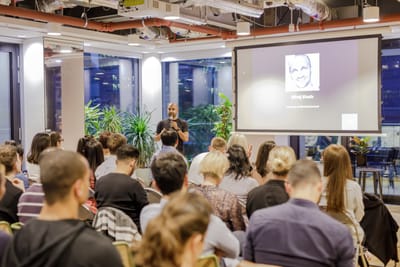
Updated February 2023 (first published in June 2018)
I instinctively knew my relationship with technology wasn’t healthy.
I was feeling more distracted than ever and suspected that the way I was using technology was screwing me up.
But what should I do?
After all tech also offers incredible convenience, connection and possibilities for so many aspects of life, so I didn’t want to go completely off the grid.
I started exploring this topic in depth in 2017.
The ultimate validation of this work's value was when I was flown to Barcelona by tech giant Cisco to present this topic to their executives at the flagship Cisco Live! employee conference in 2019.
I've also presented it to executives at Amazon, Starbucks, HSBC, EY, State Street Bank and a number of other companies between 2018 and 2021.
Here’s a summary of what I've learned. Over time I’ve updated it to reflect new information and tools that you can use to find better digital balance too.
Getting educated
I started looking for pioneers in the space and found strong opinions from three heavyweights.
“Technology hijacks our pychological vulnerabilities” – Tristan Harris, former Google Design Ethicist
“We have created tools that are ripping apart the social fabric of how society works” – Chamath Palihapitiya, ex-Facebook VP of User Growth.
Finally, Facebook’s first President, Sean Parker, when asked about Facebook’s mission said it is – “How do we consume as much of your time and conscious attention as possible?”. How sinister is that?!
Technology is messing with our mental well-being. We can all feel it – the rise in anxiety, FOMO, addictive behaviour; the lowering of attention span, focus, memory. Never mind our changed social habits and their consequences.
Technology is not the enemy, rather it can provide us with many useful tools. Our relationship with our devices is the problem and until now there hasn’t been anywhere near a fair fight between our minds, and the tech giants that want to monetise attention.
How the brain exploitation works
So what happens in our brains when we go online and what are our psychological vulnerabilities?
There’s two important concepts to share with you.
- Neuroplasticity, which means that we can “rewire” our brains with measurable physical changes, based on how they’re used. If we practice focusing, like in some forms of meditation, we get better at focusing because those neural pathways – connections between related brain cells – become stronger. If we practice playing the piano then the neural pathways dealing with hand-eye coordination and reading music develop and eventually we call it talent. If we keep using our brains to practise worrying, eventually we become much better at worrying and so on.
The second is that our primitive, ancient brain that’s evolved over tens of thousands of years has developed to keep us alive. For the vast majority of human history survival has been the priority. It’s been stunningly effective – during this period of tens of thousands of years of evolution despite the fact we’re not the strongest, fastest or possessors of natural weapons like claws we have become the world’s dominant species and apex predator. Day to day survival is no longer a threat to most of us in the Western world, but we are still wired for survival, not happiness.
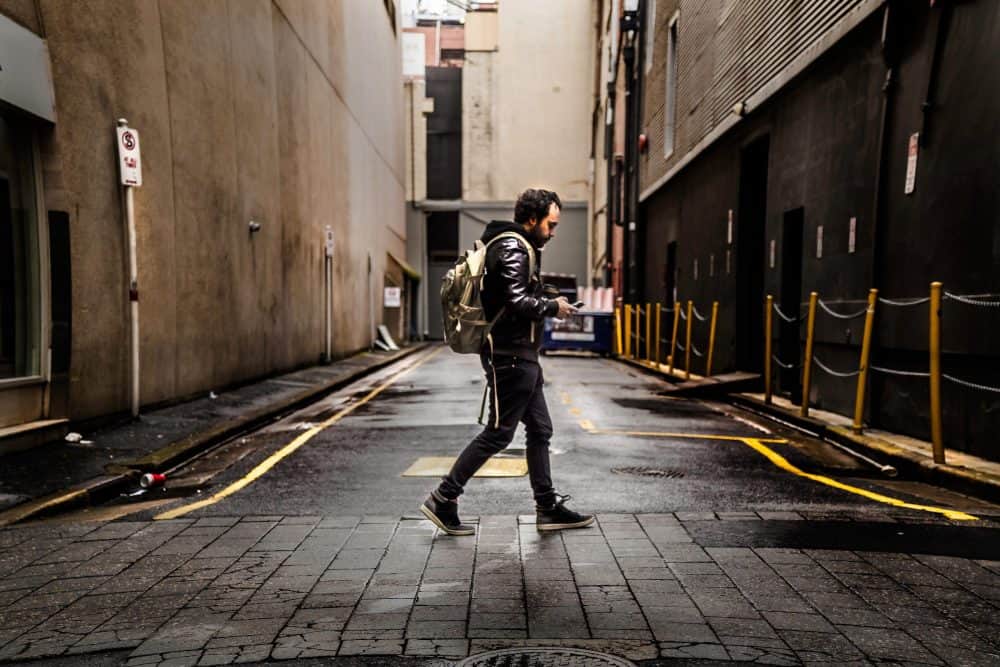
Here are some of the ways I discovered that the exploitation works.
1) The manipulation of dopamine -a brain chemical that activates pleasure related receptors in the brain.
Robert Sapolsky, professor of biology and neurology at Stanford University is showing that “dopamine is not about pleasure, it’s about the anticipation of pleasure. It’s about the pursuit of happiness.” and that humans “keep those dopamine levels up for decades and decades waiting for the reward.”
Our dopamine system doesn’t work to provide us with rewards for our efforts, but to keep us searching by inducing a semi-stressful response we call desire i.e. the anticipation of pleasure. This neurological hardwiring has kept us alive as a species.
2) Related to that we have a novelty bias – our brains are constantly looking for what’s new in our environment in order to assess threats. It mattered to our species’ survival if the new thing was a sabre tooth tiger or a rabbit. Technology gives us constant novelty.
3) Intermittent reinforcement – now we’re getting into the juicy stuff, this one’s huge and at the core of many of the tech products designed to hook us in. This is a powerful cognitive quirk made famous by the American psychologist B.F. Skinner in the 1950s.
Behaviours are reinforced by the anticipation of rewards linked to those behaviours. The quirk is that those behaviours become significantly more rapid and persistent when the schedule of rewards is variable and random i.e. we’re not “rewarded” every time and we don’t know when the reward might come.
This is why checking email is so compelling; because we might be “rewarded” by the novelty of a new email, we know it won’t be there every time so we keep checking in the hope for a hit of novelty. The unpredictability gets us hooked. If we knew we were going to get a certain number of likes and comments every time we post then we would post less often and also check the post less often.
Guess which other industry loves these principles? A variable, random schedule of rewards is at the very core of the addiction power of casino games like roulette and slot machines. One major difference is that we don’t let our teenagers loose on those let alone unsupervised. Nor do most of us frequent them multiple times a day, whilst casually shrugging it off as a harmless way to pass the time whilst our brains’ neural pathways get conditioned in ways that don’t serve us.
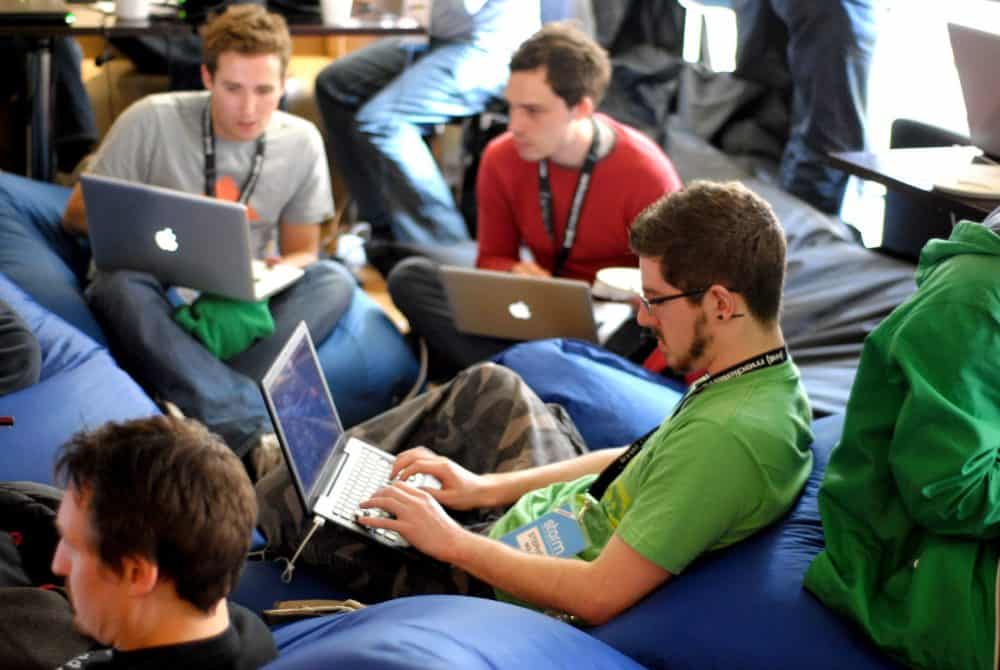
4) We hate the anxiety that the feeling of missing out on things can cause a.k.a. FOMO, a term now in the Oxford English Dictionary defined as “anxiety that an exciting or interesting event may currently be happening elsewhere, often aroused by posts seen on social media.”. Even the dictionary makes the clarification that FOMO is “often aroused by posts seen on social media”. Our hardwired curiosity and search for novelty keeps us going there, increasing the anxiety. Before social media and the mobile internet the opportunities to experience FOMO at all were much more limited.
5) We are social creatures. Going back to how we have evolved, as mentioned we’re not the fastest, strongest or “anything-est” animal around but we learned to use our cognition and superior communication abilities so that a group of humans could hunt, kill and feed off a wooly mammoth. Other species didn’t stand a chance.
However, this co-dependence meant being separated from the pack and having to fend for ourself equalled a relatively near death. Remember this evolution happened over a very long period of time – at least tens of thousands of years – and our primitive brains are evolving significantly slower than the ways we have dramatically changed our ways of living in just the last 20 years.
The evolution of being separated from the pack equating to a near certain death is probably behind our need to feel loved, or at least significant. To the extent that now we have the means we actively ask people for their judgements in the form of likes, comments and shares!
Linked to that is our irrational fear of being alone with ourselves i.e. without external stimuli. For the vast majority of us a short period of isolation does not equate to anything near life threatening, but our addiction to and/or expectation of constant stimulation has exacerbated this irrational fear.
6) No stopping cues any more – there used to be a limited number of digital or technological activities that we could even do e.g. a limited number of TV channels. Not so these days. Have you ever been to the end of your Facebook or Instagram feeds? Right?? But we used to be able to. Until they realised with no stopping cues, we just carry on so they removed them. Netflix and YouTube autoload the next show now to exploit our laziness and propensity to dislike change.
Removing stopping cues has been a really subtle but powerful change.
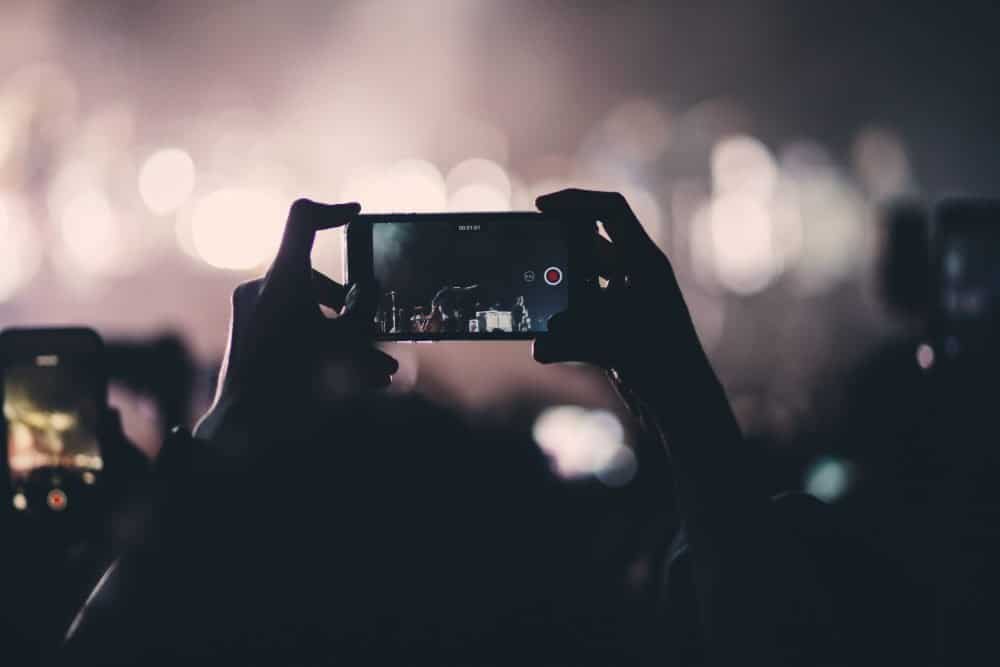
The above scratches the surface of the depth of these issues and there’s other things I found, but in the interests of keeping relatively concise they are the core and most important ideas I want to share here.
So now we know how the manipulation works…
How do we embrace technology and keep our sanity?
First, why embrace? Why not detox?
I don’t believe in the lasting effectiveness of any kind of detox be it digital, nutritional etc – except as a reset – unless the underlying behaviours change. If our underlying behaviours don’t change then in the bigger picture nothing will change. From what I’ve seen most detoxes don’t effectively address habit change. It’s much easier to sell a holiday in the sun with a few promises.
Why embrace? Because technology is not the enemy in itself and it has also been an incredibly positive force in my life. I don’t want to go “off the grid”, I want to manage my behaviours so that I’m in charge and so that they’re geared towards my productivity and happiness rather than what Google & Netflix want me to do (tell me that link isn’t worrying?).
So here’s what’s worked for me, hundreds of people who’ve attended our Digital Balance workshops and some related ideas.
1) Awareness.
A) Awareness of the manipulation described above, how and when it works and the consequences for stress, anxiety, insomnia, attention, focus and happiness. Part of the reason I shared how the exploitation works is that the awareness of it alone was enough to start shifting some habits and behaviours.
B) Awareness of our behaviour. Ever tracked your smartphone usage? I pick smartphones as it’s now easy to track the actual usage vs what our cognitive biases tell us. Download One Sec on IoS, Quality Time on Android or another third party tracker as they generally provide richer data than the native trackers. They’ll tell you how much time you spend in various apps and the number of opens. Before I started tracking I would have told you as a fairly frequent checker that I check my email inbox 10-12 times a day. The first day I started tracking it I had opened my email app fifty times before lunchtime. It turns out I was going there habitually, compulsively and often unconsciously!
In my case, the awareness alone started changing my behaviours.
2) Environment
The intervention here is to change your environment to make desirable behaviours easier and undesirable behaviours harder.
a) Physical environment – want to stop eating a certain type of food? Remove it from your house, then you need to make an effort to actually eat that food and often the desire will pass before you do anything about it. The same works with technology. I started keeping my phone a couple of metres away when I’m working, so it isn’t within reach. The simple act of having to move to reach it creates a little delay and intervention that my brain uses to ask itself “What ARE you doing??”. If the mere sight of it is a trigger (more on triggers below) then keep it out of sight too. Likewise I close my laptop when doing work that doesn’t need it.
b) Digital environment – there’s lots of easy interventions here. Turn off all notifications on everything! Or at least as much as you are able to. I keep my email program closed when not using it and now limit how often I’ll even go into it by scheduling those times in my diary. I am building the discipline to stick to them more and more – it sounds extreme but I’m up against the collective might and brainpower of Google here! I have also used an app called Freedom to help me retrain my habits.
What’s difficult to start with becomes easier the more we do it (neuroplasticity). There are some more digital environment ideas below in the “little hacks” section.

3) Habits
Habits work via triggers, actions and rewards. My favourite resource on habits is “Atomic Habits” by James Clear; he has taken the stellar work of Charles Duhigg and B.J. Fogg and made it very accessible and relevant to modern, smartphone driven 21st century life.
Once we start noticing our particular triggers we can start changing the actions and rewards, making conscious choices. Something that’s helped me is starting to see my triggers as invites from my own mind i.e. “my mind is inviting me to do this thing” and asking “Why is my mind giving me such crappy invites to make choices that aren’t in my best interests?”. The answers to that lie in the evolution stuff we discussed above. Of course for this to be effective we need to start by learning to notice our triggers.
4) Meditative practices & mindfulness
Some meditative practices train attention and focus. The more I’ve meditated the more I’ve noticed how my own mind works and what’s going on in my life, including triggers for all sorts of behaviours and reactions. One of the core tenets of mindfulness is present moment awareness, i.e. noticing. Meditative practices are foundational skills for good mental hygiene, training our minds the same way exercise trains our bodies so that the increased skills help us in everyday life.
Some meditative practices also train us to ride out uncomfortable feelings, which is really useful when we need to deal with cravings and urges, which almost always pass if we leave them alone.
When we understood just how foundational meditation is as a mental well-being habit, but that so many folks struggle to incorporate it into their busy lives, we set about creating the world’s only science-led online meditation course that specifically helps you to discover, learn and integrate the meditation habits best suited to your unique life. I highly recommend you check it out and some of the life-changing results that participants have been getting.
(EDIT: apologies, our course is no longer available. We sold that IP to Tictrac in 2021. Today I highly recommend Insight Timer for getting started in meditation. I have 2 of the highest rated meditations on that app here).
There’s no shortcuts here but working at the right things is rewarded the same way the correct work towards any skill is.
For short cuts we have…
5) Little hacks – none of these will foster deep seated change by themselves but they can certainly make the journey easier.
The Chrome extension StayFocusd lets you blacklist specific sites at specific times in advance, and then when you try to go to them it flashes up “Shouldn’t you be working?” instead. I’ve found the app Freedom to be even better as it syncs across devices and software. Momentum for Chrome throws up motivational messages and beautiful photos instead, if that’s more your thing.
Grayscaling your phone has been pretty effective for some of our guests as it seems to take the shine away from apps. Another great product for laptop and desktop screens is f.lux which adjusts the colour of your computer according to the time of day, to reduce glare and blue light at night.
Other productivity apps recommended from within our community and worth looking into are Brain.fm (that link will get you 20% off and we get something too, I use Brain.fm almost every day), Freedom and Forest.
Finally, this one is a slightly bigger hack. I’ve found it really effective to adopt set morning and pre-bedtime routines, especially the former. By setting my own routine (which at the moment involves hydration, exercise, meditation, coffee and getting into the most important task first – ideally all before I unlock my phone) I deliberately programme my behaviour instead of relying on my morning willpower to get me through or falling prey to the subconscious urge to fire up Instagram, WhatsApp or something else that will lead me down a rabbit hole.
Conclusion
All in all I don’t think there’s a quick or single fix to this. I’ve found unwinding one or two habits at a time soon picks up momentum, so it’s important to just get started with something simple.
In short my top tips are raising your own awareness and hence your standards, cultivating the skills learned in meditative practices and changing the environment to help even up the playing filed a little more.
I’d love to hear what’s worked for you. All the best in your quest to find more digital sanity and more digital balance!
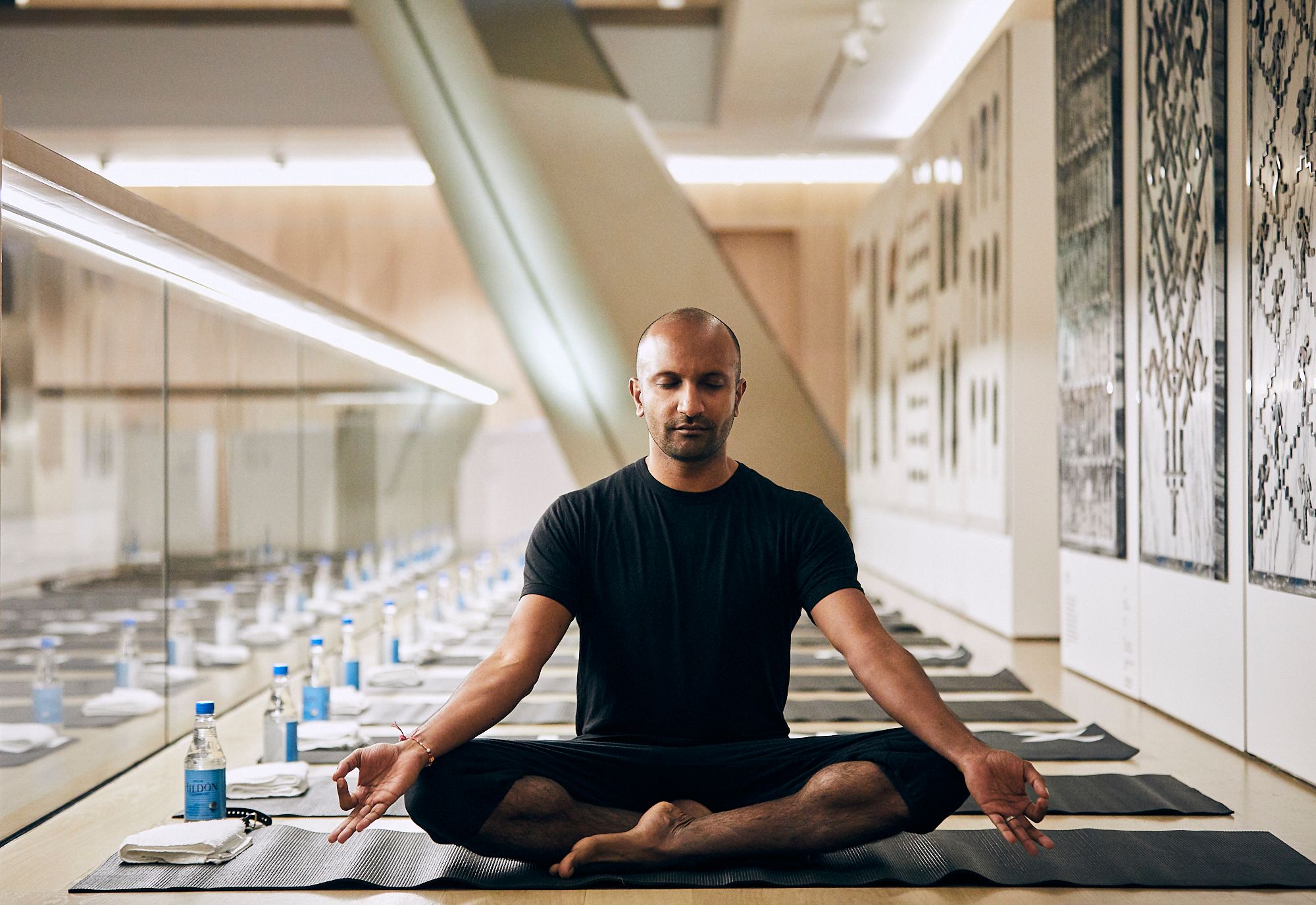
Entrepreneurship, energy, freedom (no spam, unsubscribe anytime).


